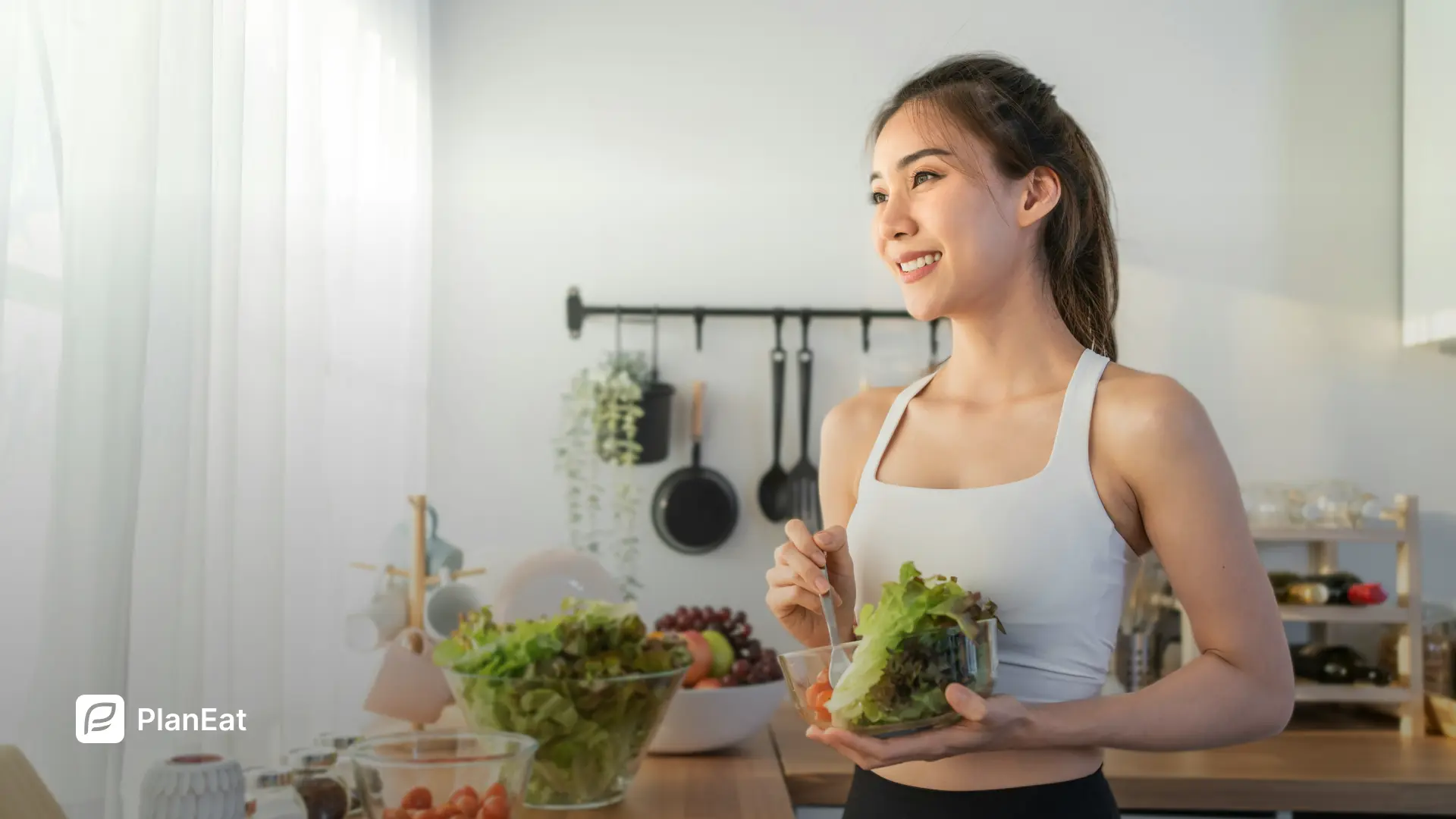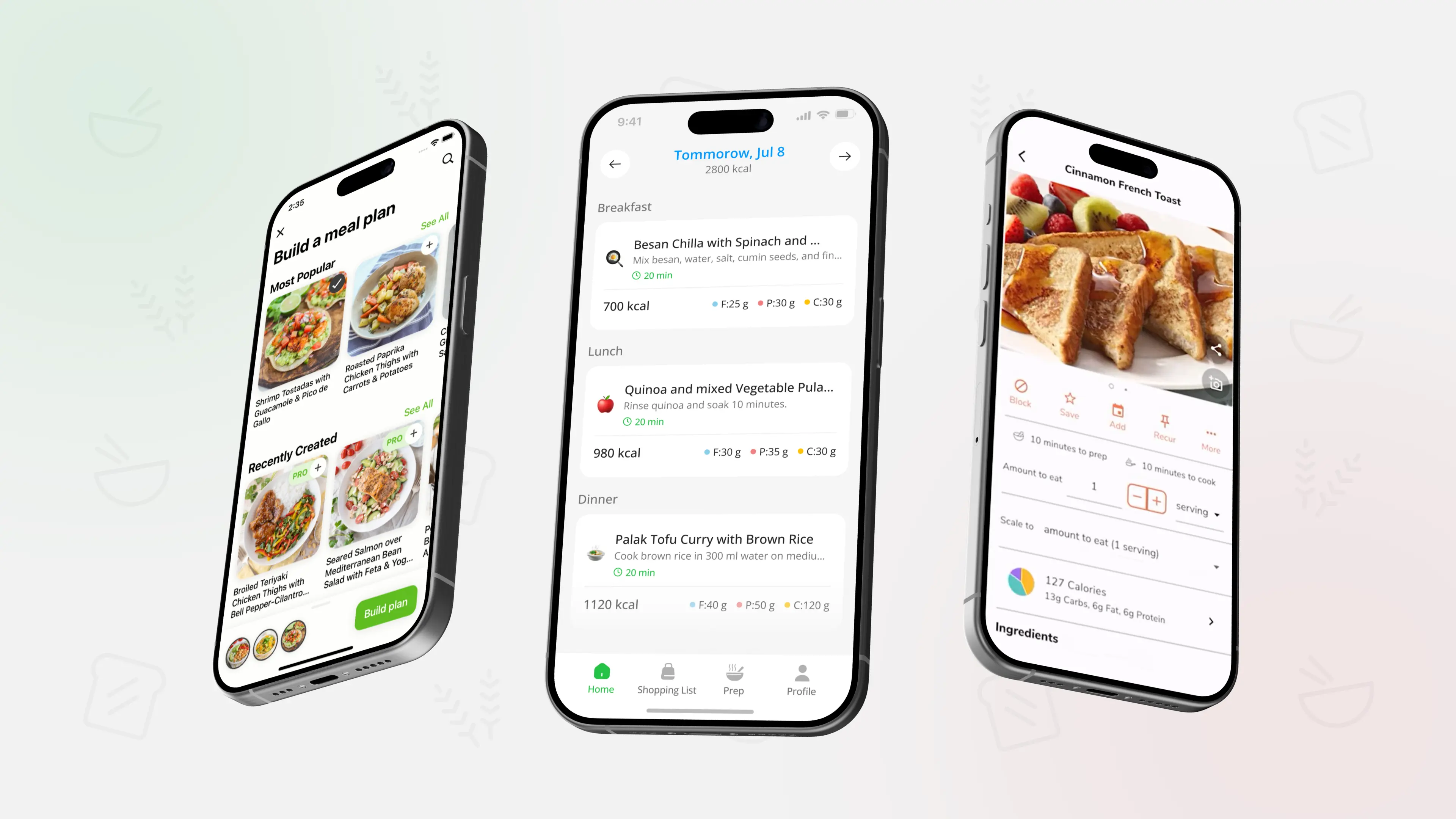Clean Eating Explained (Beginner Guide + Grocery List)
.webp)
TL;DR: Clean eating is not about perfection or banning all processed foods. It is a simple way of eating that focuses on mostly whole or minimally processed foods, balanced plates, and a realistic weekly routine. Start by understanding the basics, stocking a few key staples, and using a short grocery list that you can repeat.
What clean eating really means for beginners
There is no single official definition of clean eating, which is why it can feel confusing.
In this guide, clean eating means:
- Mostly whole or minimally processed foods.
- Plenty of vegetables, fruit, whole grains, beans, and lean proteins.
- Packaged foods with shorter ingredient lists when they make life easier.
- Room for flexibility, treats, and real life.
It does not mean:
- Never eating anything from a package.
- Feeling guilty if you eat dessert, pizza, or takeout.
- Following strict rules that make social life difficult.
A simple way to ground clean eating is to think in terms of balanced plates rather than good or bad foods. If you want a clear visual starting point, you can use Healthy Eating Basics: Build a Balanced Plate as your main frame and think of clean eating as a way to fill that plate more often.
If you want your version of clean eating to show up in real meals, not just ideas, you can use PlanEat AI to generate a weekly meal plan and grouped grocery list based on your goals, dislikes, and cooking time. Then you decide which ingredients fit your clean eating style while the app handles the structure.
Key principles of realistic clean eating
Instead of long rule lists, focus on a few practical principles.
Focus on patterns, not single meals
One very processed meal does not undo a week of mostly balanced eating. Clean eating works best when you zoom out to your overall pattern.
Build meals around whole foods first
Start with foods like vegetables, fruit, beans, lentils, whole grains, eggs, fish, poultry, tofu, and nuts. Use more processed items to fill gaps, not as the base of most meals.
Read labels in a relaxed way
Shorter ingredient lists with recognizable foods can be helpful, but they are not the only thing that matters. If a packaged item helps you eat more vegetables or cook at home more often, it can still fit a clean eating pattern.
Plan ahead just enough
A little planning makes clean eating much easier than deciding everything at the last minute. Even a basic weekly outline of breakfasts, lunches, and a few dinners can reduce stress.
If you are completely new to planning your meals, you can connect these principles with Meal Planning Basics: How to Start (Beginner Guide) so clean eating becomes part of a simple weekly system instead of a separate project.
Beginner friendly clean eating grocery list
Use this grocery list as a starting point. You do not need to buy everything at once. Add a few items each week based on your budget, storage, and what your household actually eats.
Vegetables and fruit
- Fresh vegetables you know you will use, such as carrots, cucumbers, bell peppers, broccoli, or salad greens.
- Frozen mixed vegetables for quick stir fries and soups.
- Fresh fruit like apples, bananas, berries, or oranges.
- Frozen berries or mixed fruit for smoothies and oatmeal.
Protein sources
- Eggs.
- Chicken or turkey pieces, or fish such as salmon or white fish.
- Canned tuna or salmon.
- Beans and lentils, canned or dry.
- Tofu or tempeh if you like plant based options.
- Greek yogurt or cottage cheese.
Whole grains and starchy foods
- Rolled oats.
- Brown rice, quinoa, or another whole grain you enjoy.
- Whole grain pasta.
- Potatoes or sweet potatoes.
- Whole grain bread or tortillas.
Healthy fats and crunch
- Olive oil or another cooking oil you like.
- Nuts such as almonds, walnuts, or peanuts.
- Seeds such as sunflower, pumpkin, or chia.
- Nut butter such as peanut or almond butter.
Pantry helpers and flavor boosters
- Canned tomatoes for sauces and stews.
- Low sodium broth or stock.
- Garlic and onions.
- Dried herbs and spices such as oregano, basil, cumin, paprika, curry powder, or chili powder.
- Soy sauce, vinegar, mustard, or salsa based on your taste.
If you want a more detailed checklist for building a flexible pantry that supports this style of eating, you can use Pantry Staples: Build a Healthy Kitchen (Practical Checklist) as a companion to this article.
Simple 3 day clean eating style menu
This is a sample 3 day structure that uses the grocery list above. Adjust portions and ingredients based on your needs and any guidance from your healthcare provider.
Day 1
- Breakfast: Oatmeal cooked with milk, topped with berries and a spoon of peanut butter.
- Lunch: Grain bowl with brown rice, black beans, roasted peppers, and a simple olive oil and lemon dressing.
- Snack: Apple with a small handful of nuts.
- Dinner: Baked chicken with roasted broccoli and potatoes.
Day 2
- Breakfast: Greek yogurt with sliced banana, oats, and a few seeds.
- Lunch: Lentil and vegetable soup with a slice of whole grain bread.
- Snack: Carrot sticks with hummus.
- Dinner: Salmon or tofu with quinoa and mixed vegetables, fresh or frozen.
Day 3
- Breakfast: Eggs scrambled with spinach and tomatoes, plus a slice of whole grain toast.
- Lunch: Whole grain pasta with tomato sauce, canned chickpeas, and chopped vegetables.
- Snack: Cottage cheese with fruit.
- Dinner: Bean chili with canned tomatoes, onions, and peppers, served with a small portion of rice or a baked potato.
If you want to see how a full week of this kind of structure might look, you can use 7-Day Balanced Meal Plan (With Grocery List) as a longer template and adapt recipes to match your version of clean eating.
Once you find a few breakfasts, lunches, and dinners that feel like clean eating and fit your schedule, you can save those patterns in PlanEat AI. The app uses your goals, dislikes, and cooking time to build new weekly plans around that structure so you can swap specific meals without starting from scratch.
Common clean eating mistakes to avoid
Clean eating can become stressful if it turns into a set of rigid rules. These are some traps to watch for.
All or nothing thinking
Viewing foods as completely clean or dirty can make you feel like you have failed after one choice. It is more helpful to think in terms of better or less helpful options for your current context.
Over restricting favorite foods
If you cut out every food you enjoy, it often backfires and leads to overeating later. It can be more sustainable to include small portions of sweets or rich foods in a planned way.
Ignoring convenience entirely
There is nothing wrong with using frozen vegetables, canned beans, or pre washed greens to make clean eating easier. The goal is to cook more often at home and build balanced plates, not to prepare everything from scratch.
Trying to change everything at once
Quick, extreme changes are hard to keep. Choose one or two habits first, such as adding a vegetable to most dinners or swapping one refined grain for a whole grain.
Over time, these small changes build a pattern that looks a lot like clean eating without feeling like a strict diet.
How to shop and plan so clean eating fits real life
For most people, the hardest part of clean eating is not knowledge. It is logistics.
Practical steps:
- Check what you already have in your pantry and fridge before making a shopping list.
- Use your calendar to see which days need the fastest meals.
- Choose a few simple dinners that share ingredients so you use everything you buy.
- Plan for leftovers that can become lunches.
If you want to connect these habits into a short weekly planning routine, you can use Quick Meal Planning: Build a 30-Minute Weekly Plan to map out meals, check your pantry staples, and create a focused clean eating style grocery list in one short session.
FAQ:
What is clean eating in simple terms
For beginners, clean eating is mostly about basing your meals on whole or minimally processed foods such as vegetables, fruit, whole grains, beans, and lean proteins, while still allowing some packaged foods and treats that fit your life.
Do I have to cut out all processed foods to eat clean
No. Many helpful foods are at least somewhat processed, such as frozen vegetables, canned beans, yogurt, or whole grain bread. The focus is more on choosing foods that support your health and routine than on avoiding every processed item.
Can clean eating be affordable
Yes, especially if you rely on staples like beans, lentils, oats, rice, frozen vegetables, and seasonal produce. Planning ahead and cooking at home usually makes clean eating more budget friendly than frequent takeout. For more detail, you can also read Healthy Eating on a Budget: 24 Practical Tips.
Is clean eating suitable for families with kids
It can be. Many families use clean eating principles to offer balanced meals that include familiar foods. You can keep favorites like pasta, tacos, or burgers and simply build them with more vegetables, whole grains, and lean proteins.
What if I slip back into older habits
That is normal. Instead of starting over from zero, return to one or two small habits that work for you, such as keeping a few basic staples at home or planning three balanced dinners for the week. Progress in clean eating comes from patterns over time, not perfect weeks.
Educational content only - not medical advice.
Clean eating as a simple everyday pattern
Clean eating works best when it focuses on mostly whole or minimally processed foods, balanced plates, and repeatable habits instead of strict rules. Start with a short list of staples, a simple grocery list, and a few meals you like, then build from there at your own pace.


.webp)
.webp)
.webp)
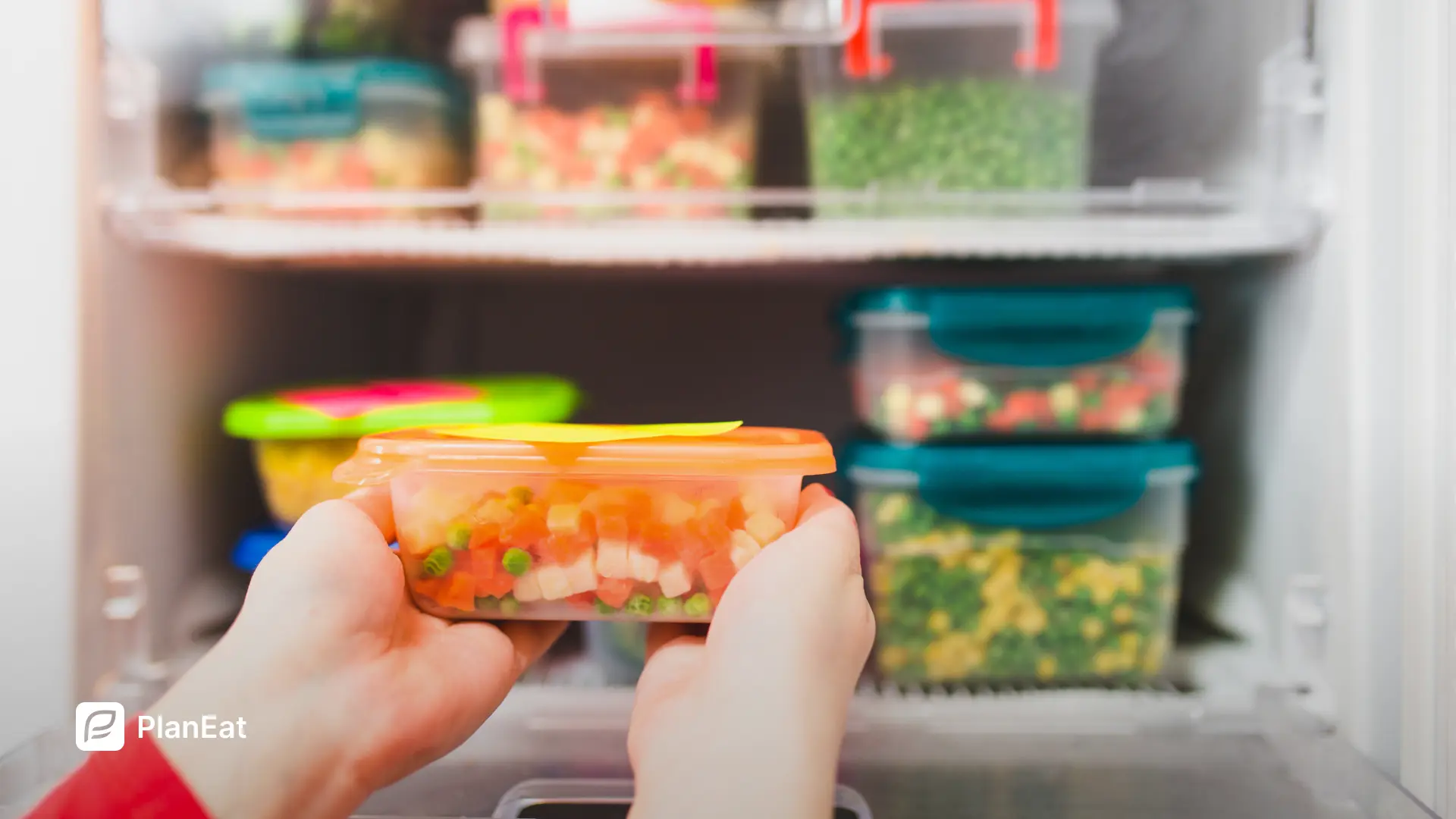
.webp)
.webp)
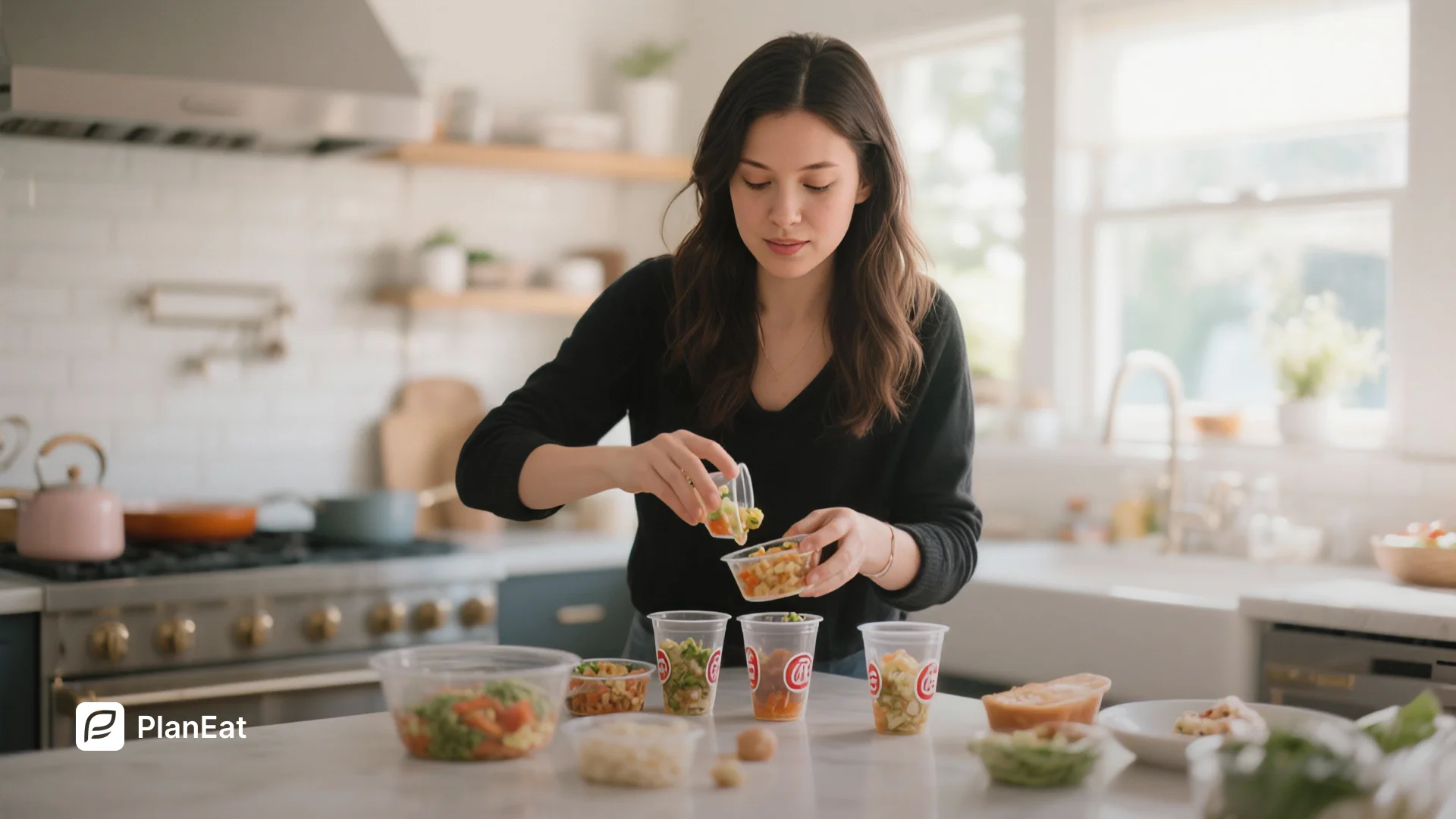
.webp)
.webp)
..webp)
.webp)
.webp)
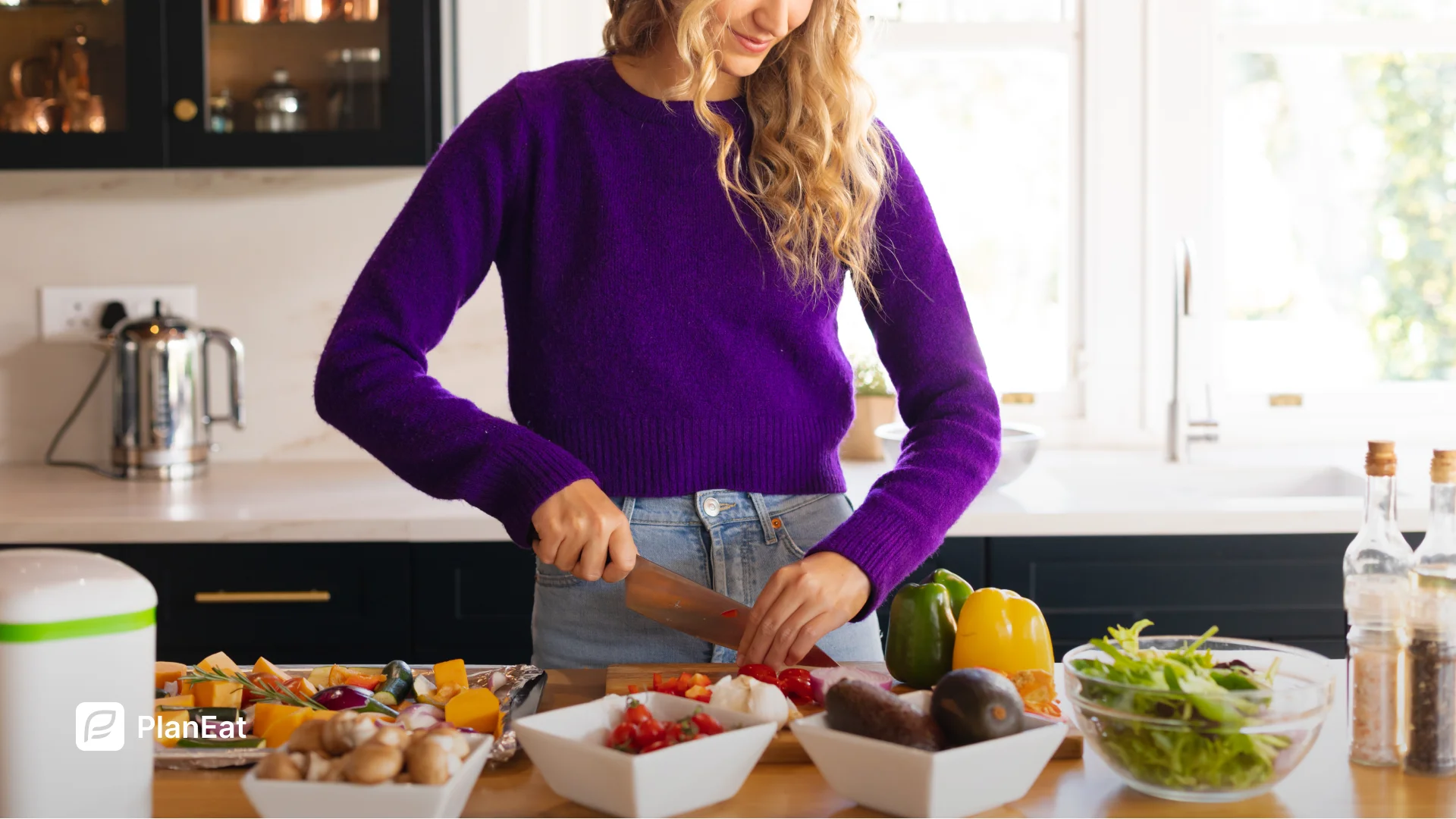
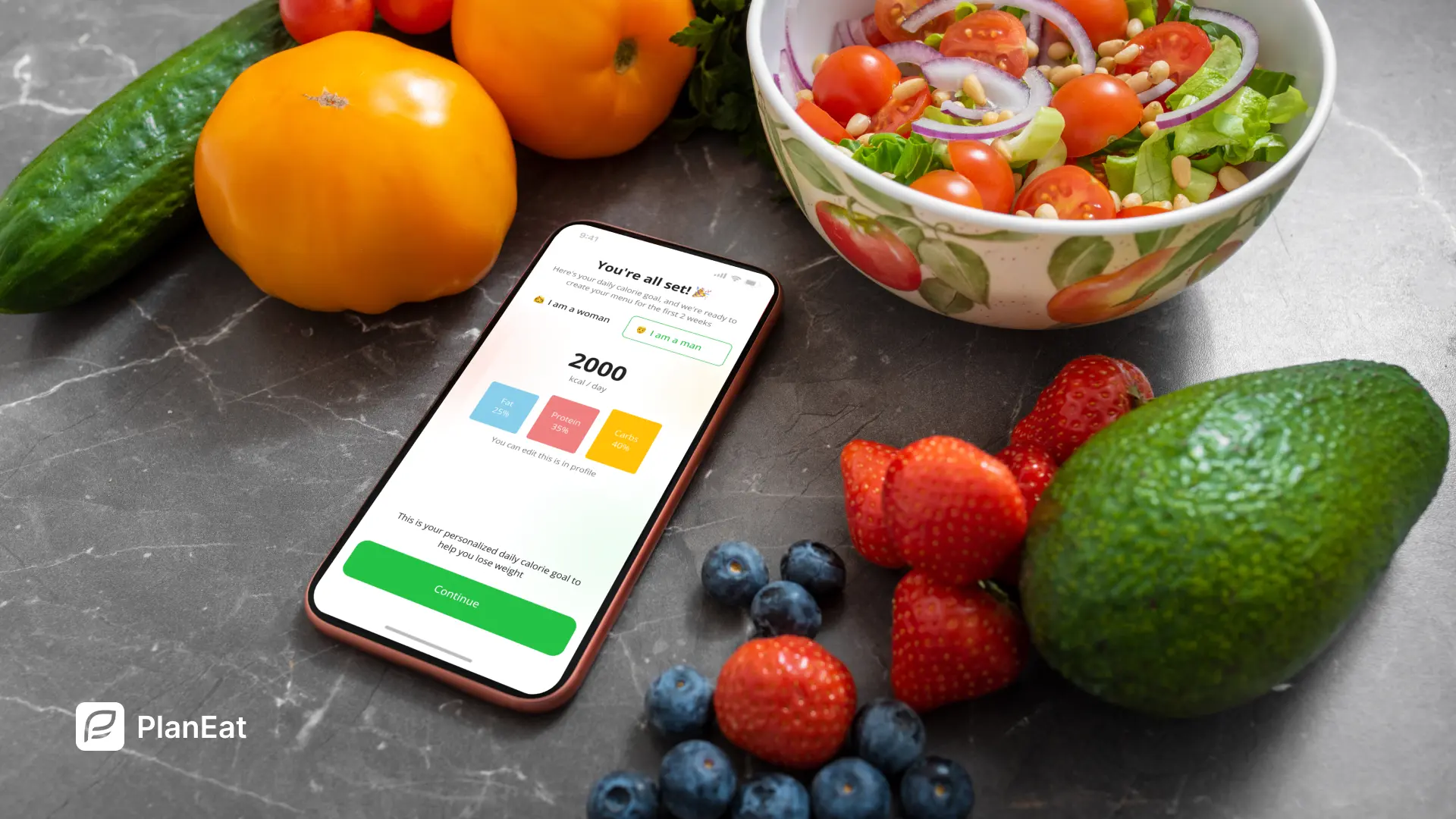
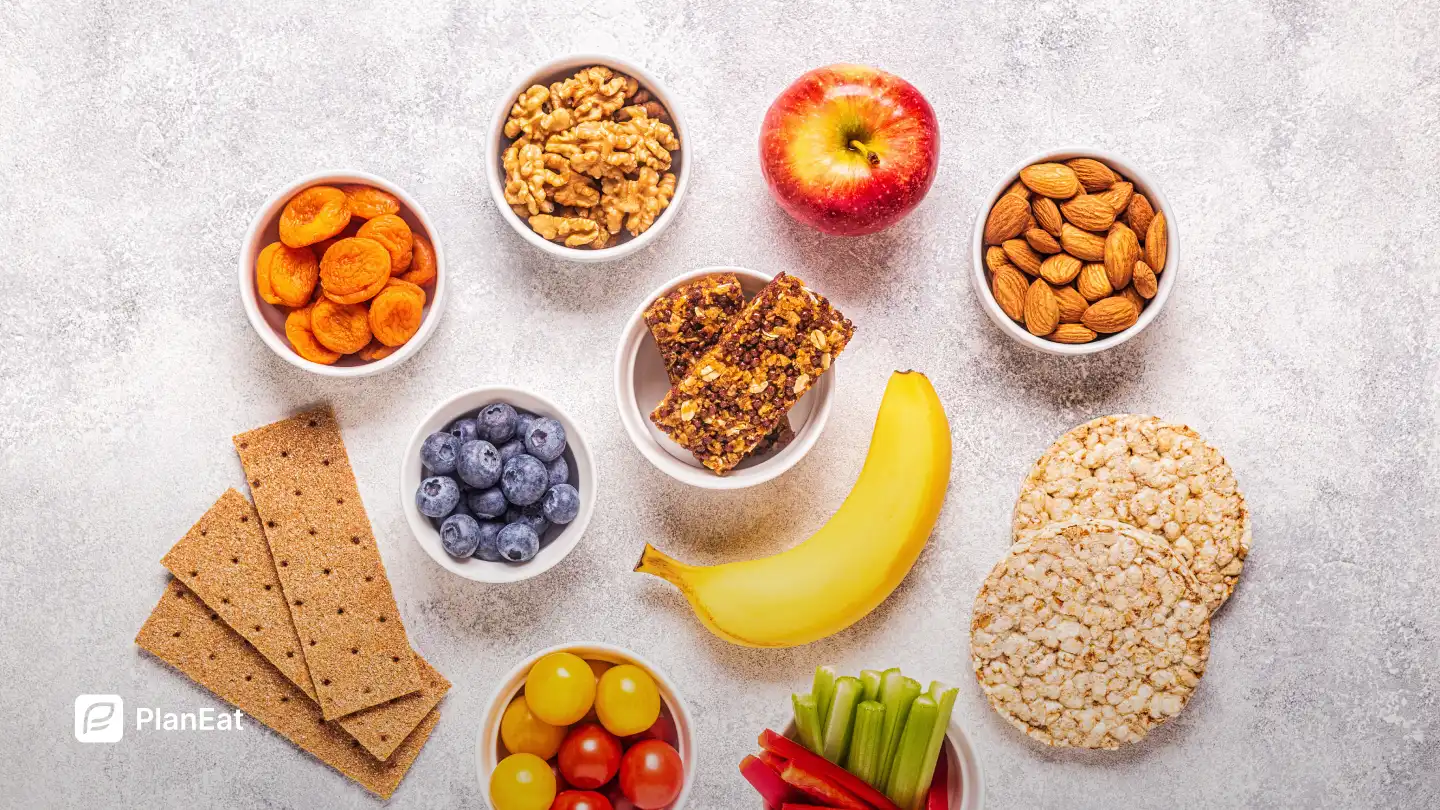
.webp)


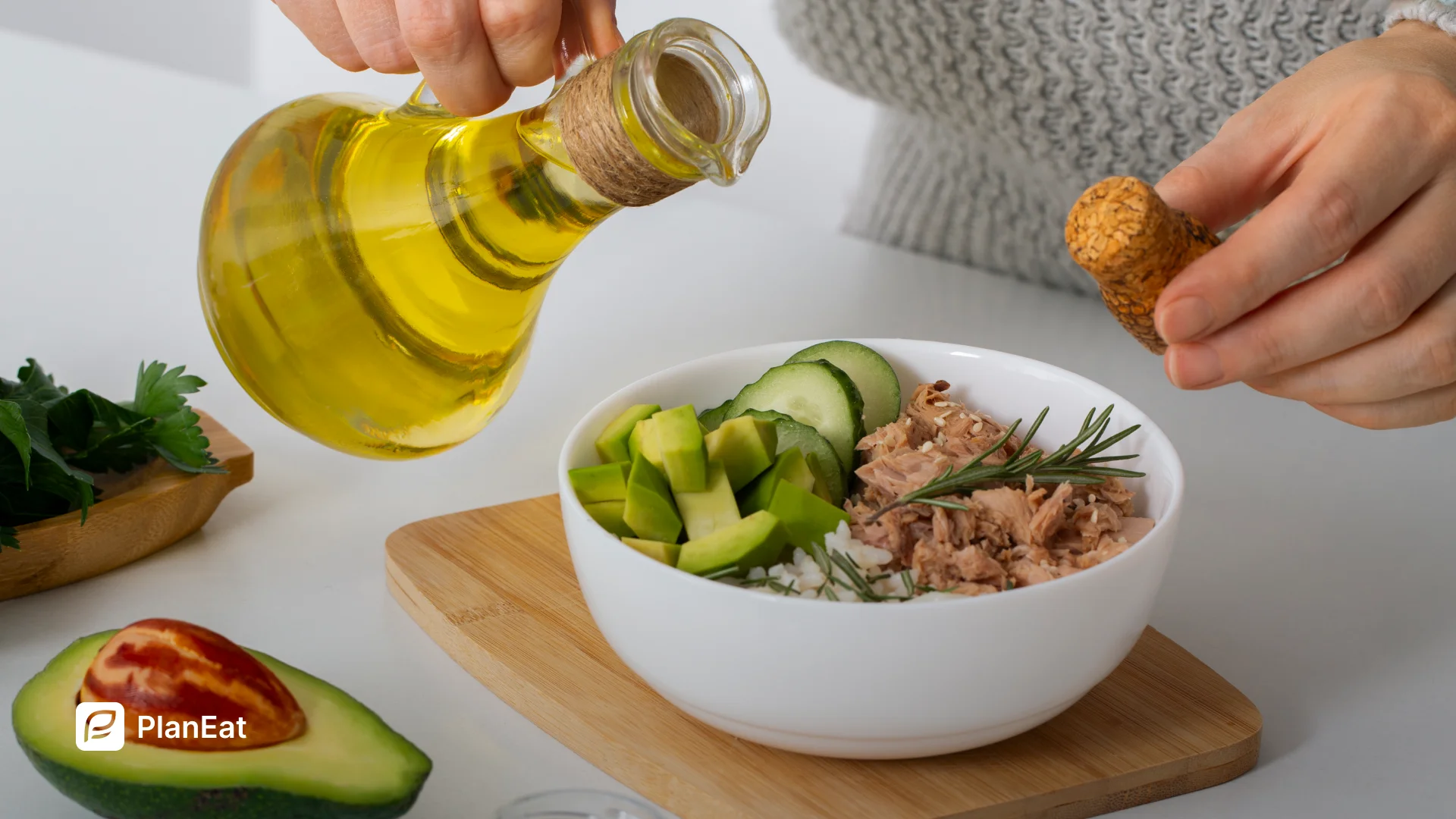
.webp)



.webp)
.webp)
.webp)
%20%2B%207%E2%80%91Day%20Menu.webp)
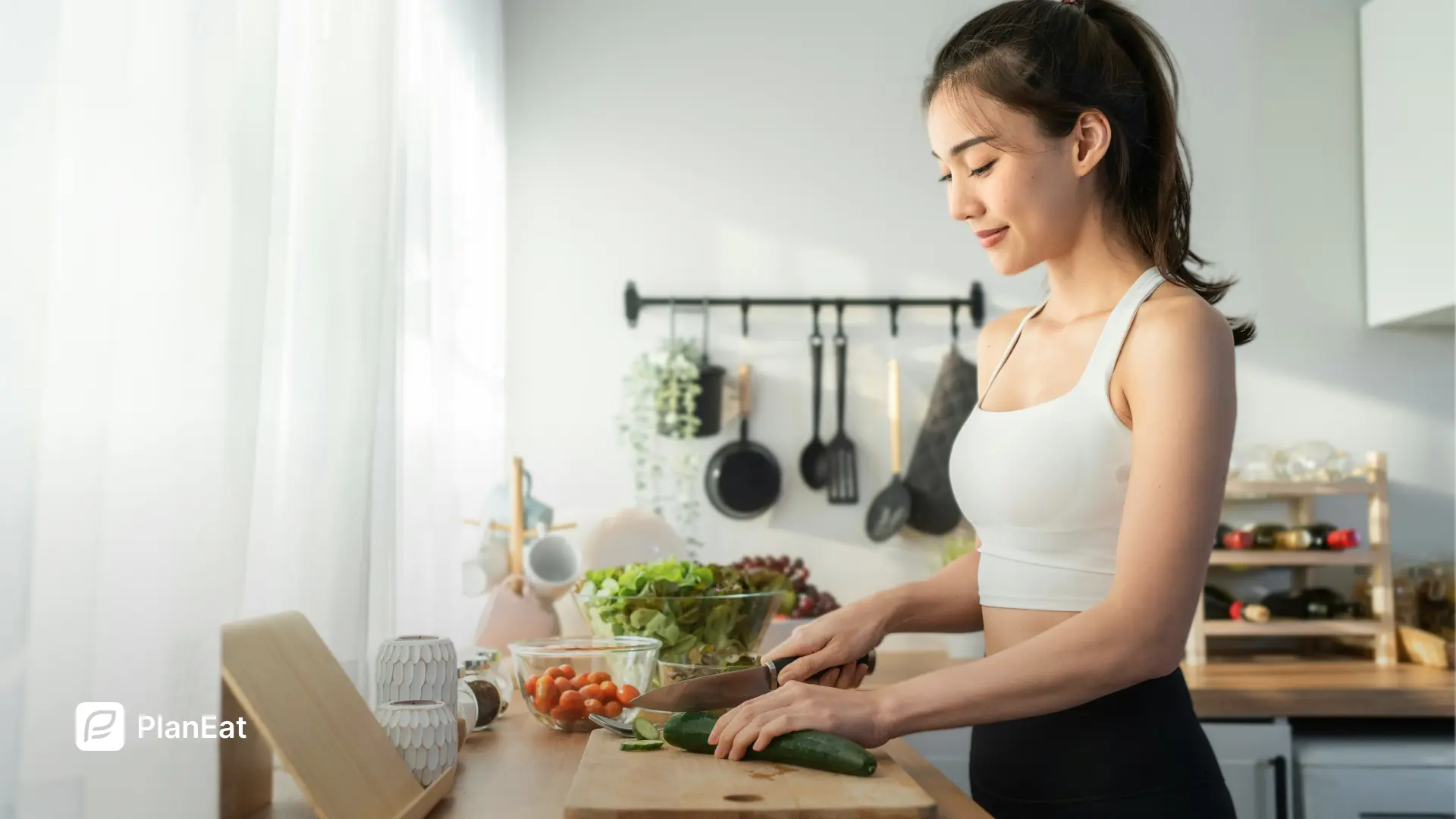



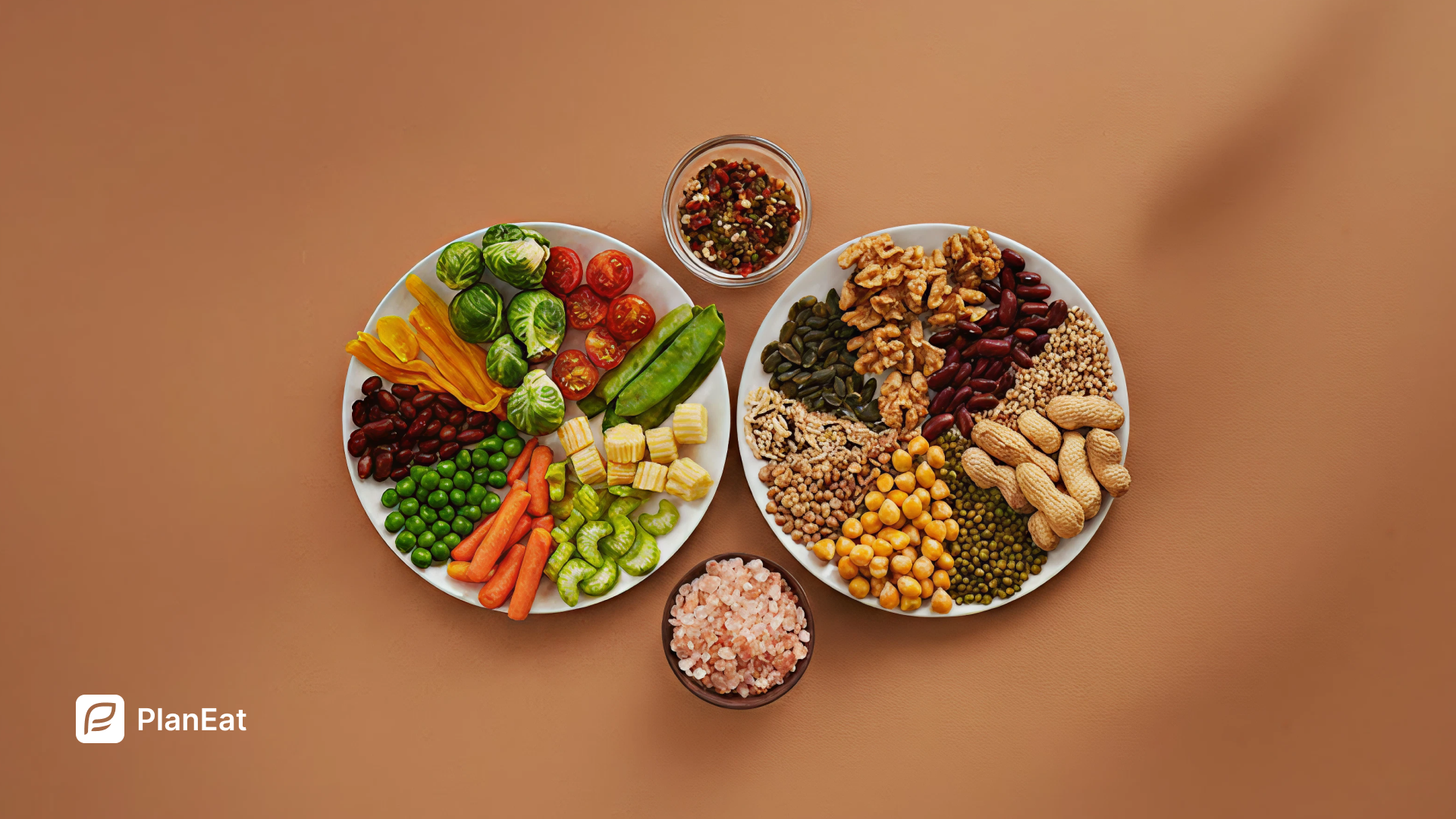
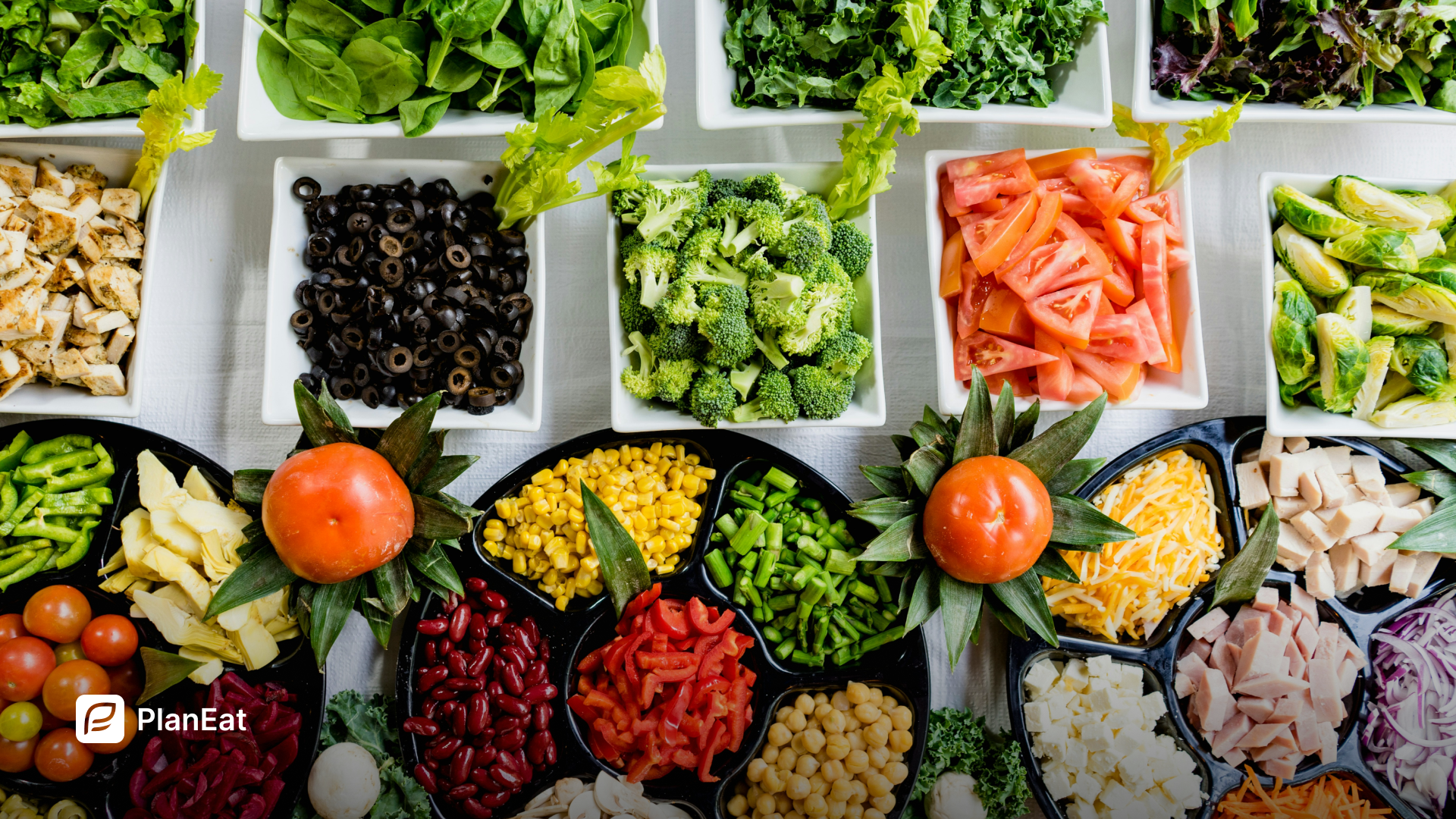
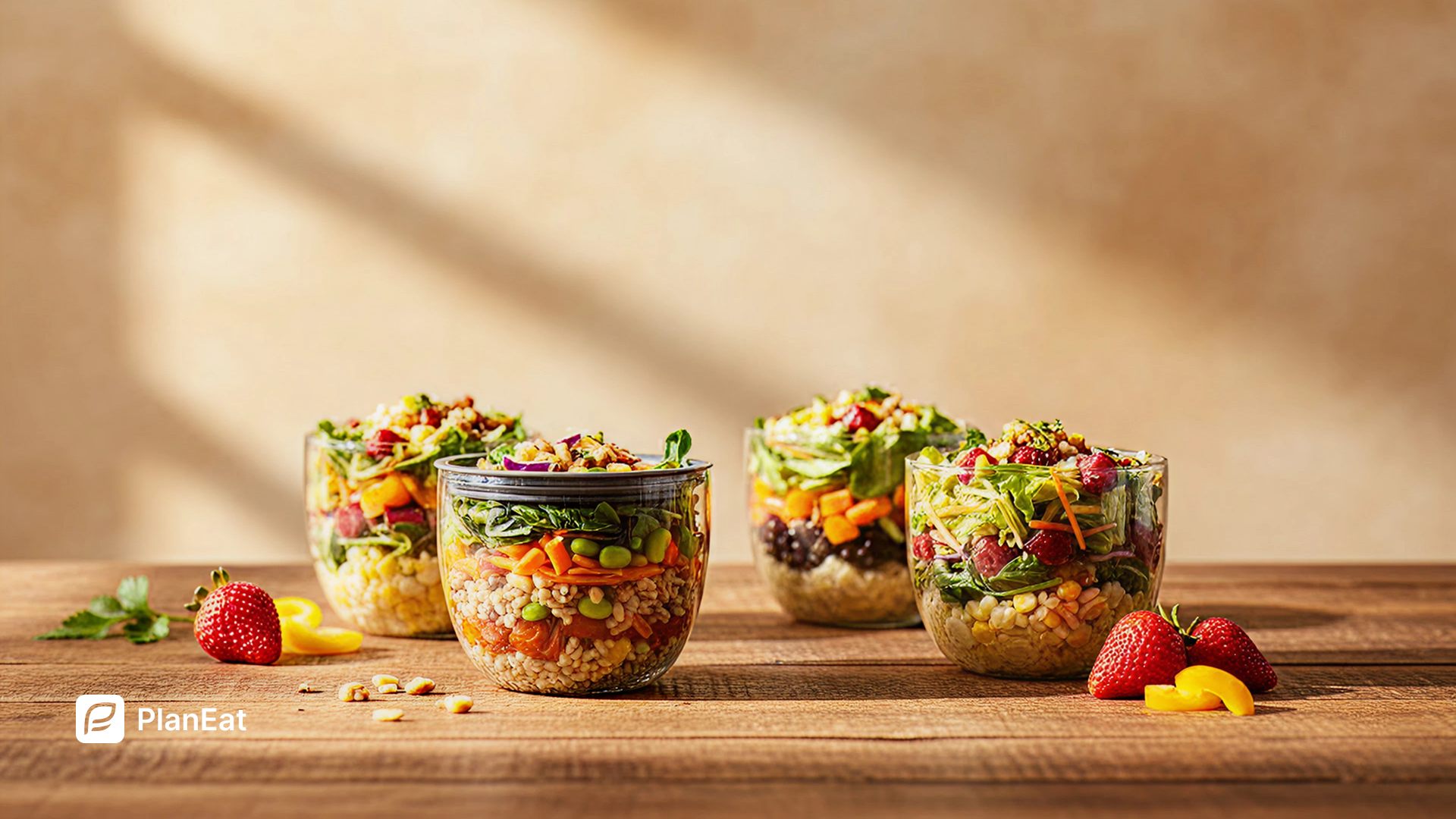

.webp)
